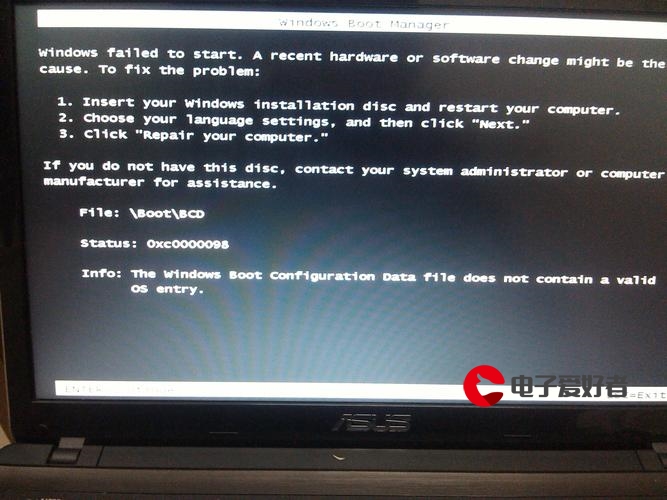 种方法"/>
种方法"/>
前端解决跨域 3 种方法
目录
- 背景概述
- 实现中遇到的问题
- 解决
- 方法1 - 反向代理
- 方法2 - JSONP
- 实现1
- 实现2 借助jQuery(我用的)
- 方法3 - 原生请求
- 方法4 - 接口请求时请求头解决跨域
背景概述
开发过程中对接读卡器硬件时,和C++工程师对接,C++工程师写了一个程序,安装到自己电脑上后会提供一个接口
http://localhost:5001/api/XXXXX用来获取读卡器读取到的数据(该数据是经过C++程序处理过的)
具体过程:
- 安装C++程序到本机
- 将磁卡放在读卡器上(读卡器插在自己电脑上)
- 调用接口
http://localhost:5001/api/XXXXX
实现中遇到的问题
- 我们自己本地运行项目时,使用【方法1】反向代理可以;
- 项目部署到线上时,我们前端写的反向代理是不会打包进包里的,需要后端
nginx配置代理,但是后端 nginx 代理如果代理地址写http://localhost:5001只能代理到服务器,而不能代理到我们本机(C++的程序是在我们自己电脑安装的,服务器访问不到)- 而我们线上如果直接请求地址
http://localhost:5001/api/XXXXX,会有跨域问题- 【所以】我们需要解决一下跨域:使用【方法2】【方法3】
api.js 文件中封装接口
export function XXX() {return request({url: '/RFID/api/XXX'})
}
调用接口 出现跨域问题
GetCardNum() {GetCardNum().then((res) => {this.$set(this.formData, 'rfid', res.cardnum || '')})
}
解决
方法1 - 反向代理
vue.config.js 文件中 将以 /RFID 开头的地址代理到本地程序地址即可
module.exports = {// ...// webpack-dev-server 相关配置devServer: {host: '0.0.0.0',port: 8080,https: false,hotOnly: false,open: true, // 自动打开浏览器proxy: {// ...'^/RFID': {target: 'http://localhost:5001', // 【主要代码】pathRewrite: { '^/RFID': '' }},'/': {target: 'http://192.168.0.42:9000'}}},// 第三方插件配置pluginOptions: {// ...}
}
方法2 - JSONP
需要 C++ 工程师配合一下,需要调用一下 url 的 查询参数 callback
实现1
// 提供jsonp服务的url地址;
var url = 'http://localhost:5001/api/GetCardNum'
// 创建script标签,设置其属性;
var script = document.createElement('script')
script.setAttribute('src', url)
document.getElementsByTagName('head')[0].appendChild(script)
// 得到查询结果后的回调函数;
var callback = (data) => {var json = JSON.stringify(data)console.log('json----', json)
}
callback(132465)
实现2 借助jQuery(我用的)
借助jQuery
import $ from 'jquery'const that = this
$(function () {// 发起JSONP的请求$.ajax({url: 'http://localhost:5001/api/XXX',// 代表我们要发起JSONP的数据请求dataType: 'jsonp',jsonp: 'callback',jsonpCallback: 'fileCabinetHandler',success(res) {// res 数据即为接口返回的读取读卡器数据}})
})
方法3 - 原生请求
var xhr = new XMLHttpRequest()
xhr.onreadystatechange = function () {if (xhr.readyState === 4 && [200, '200'].includes(xhr.status)) {console.log('xhr.responseText----', xhr.responseText)}
}
xhr.open('get', 'http://localhost:5001/api/GetCardNum', true)
xhr.setRequestHeader('Content-Type', 'application/json')
xhr.setRequestHeader('Access-Control-Allow-Origin', '*')
xhr.send(null)jsonpRequest('http://localhost:5001/api/GetCardNum', null).then((response) => {console.log(response) // 处理返回的数据}).catch((error) => {console.error(error) // 处理错误信息})
var xhr = new XMLHttpRequest()
// xhr.open('get', 'http://192.168.10.106:5001/api/GetCardNum', true)
xhr.open('get', 'http://127.0.0.1:5001/api/GetCardNum2', true)
xhr.setRequestHeader('Content-Type', 'application/json') // 设置请求头中的 Content-Type
xhr.setRequestHeader('Access-Control-Allow-Origin', '*') // 添加允许跨域的请求头
xhr.onreadystatechange = function () {if (xhr.readyState === 4) {if (xhr.status === 200) {var data = JSON.parse(xhr.responseText)console.log('data----', data)// 处理响应数据} else {// 处理错误}}
}
xhr.send(JSON.stringify({// 请求体数据,如果不需要发送请求体,则可以省略该部分// 根据你的接口定义,替换成对应的请求体数据})
)
方法4 - 接口请求时请求头解决跨域
// 接口请求头添加 Access-Control-Allow-Origin 为 * 解决跨域
if (config.url === '/RFID/api/GetCardNum') {
if (config.url === 'http://localhost:5001/api/GetCardNum') {config.url = 'http://localhost:5001/api/GetCardNum'// config.url = 'http://127.0.0.1:5001/api/GetCardNum'config.headers['Content-Type'] = 'application/json'config.headers['Access-Control-Allow-Origin'] = '*'console.log('config.headers["Access-Control-Allow-Origin"]----',config.headers['Access-Control-Allow-Origin'])
}
更多推荐
前端解决跨域 3 种方法












发布评论